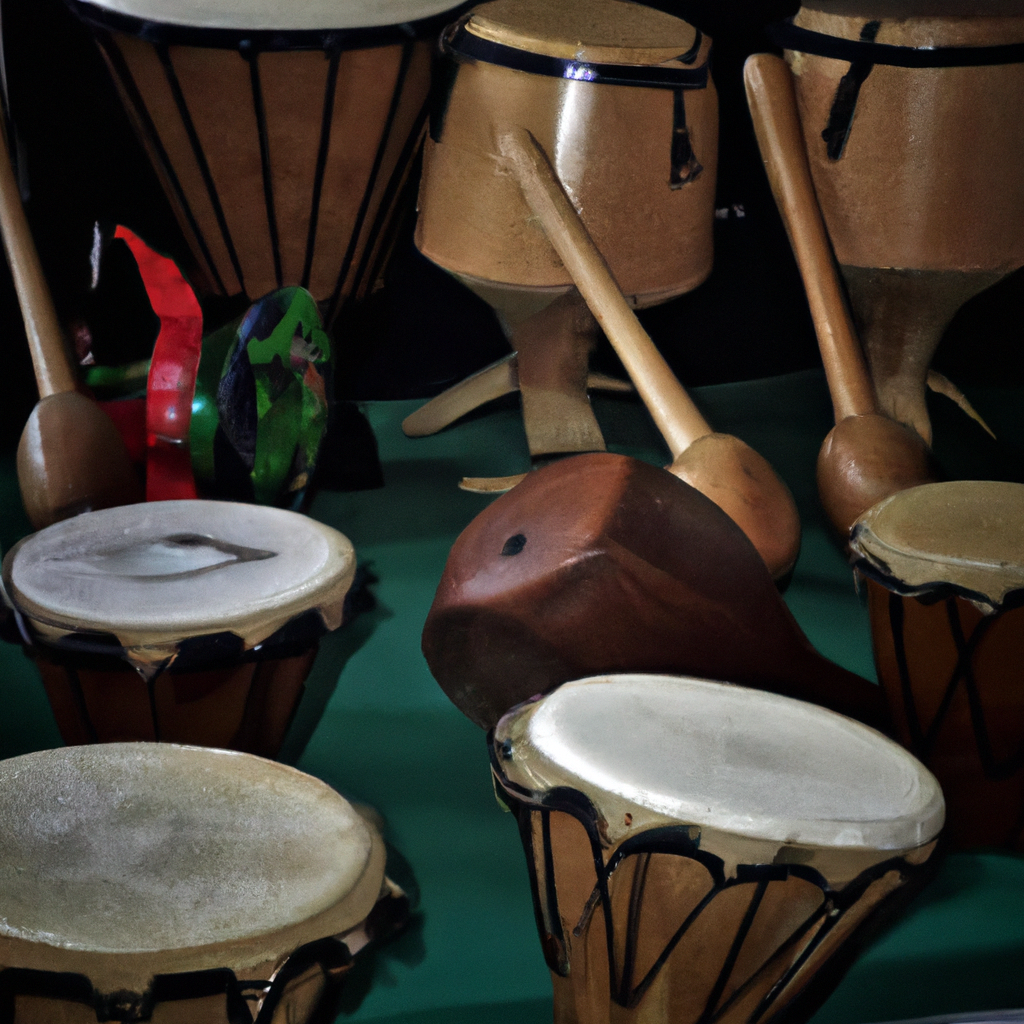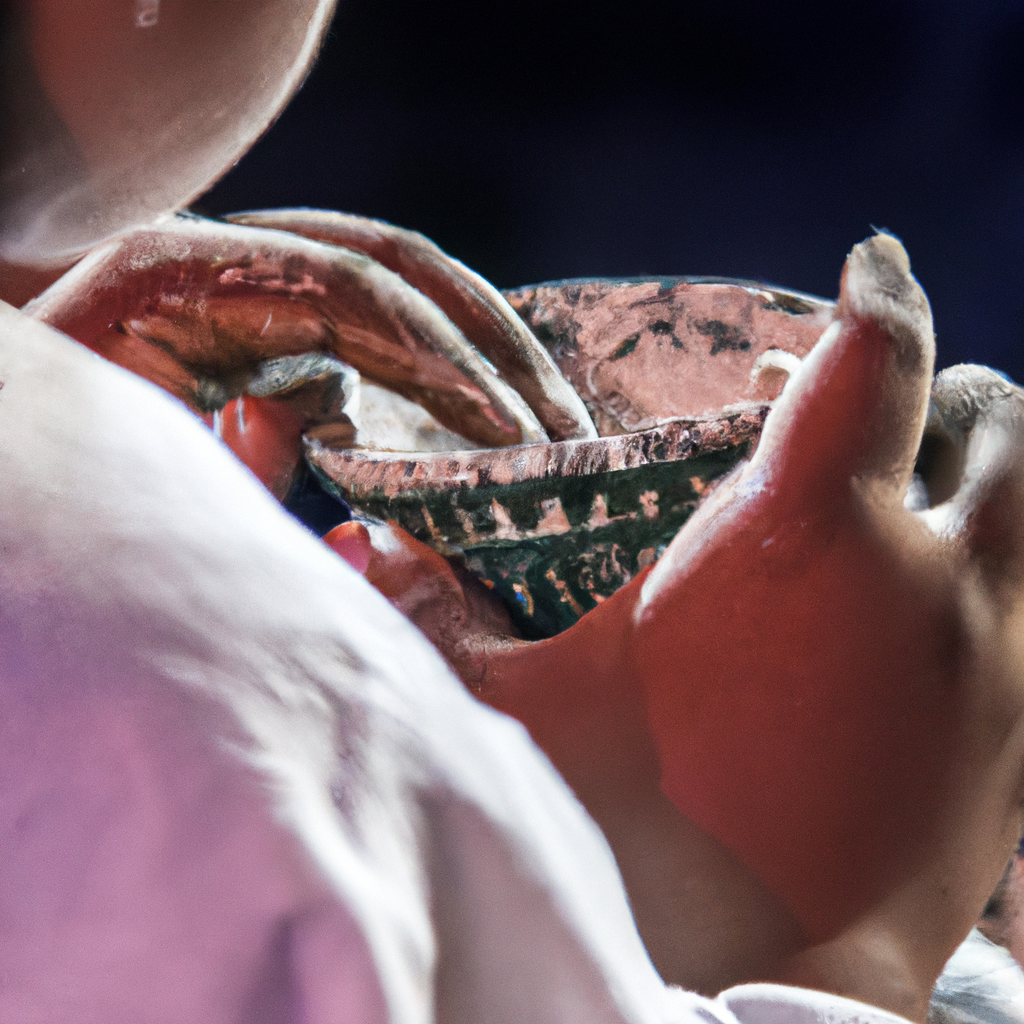The roots of Indigenous music go deep into history, embodying ancient symbols, instruments, chants, and rhythms. Listening to Indigenous music is like sailing through a journey of time, one that takes us to the lands of our ancestral roots – a stirring reminder of who we are in this ever-changing world. Rich in culture and heritage, these musical creations have been used by tribes for centuries, storytelling through sound and embodying a connection to the land and environment they inhabit. From traditional drums to flutes, chants, and rhythms, Indigenous music is a celebration of life and history.
1. A Journey Into Indigenous Music
Exploring Connections
- Investigating the fascinating link between music and culture
- Discovering rhythms, instruments, and melodies, and tracking their evolution
- Charting the course of indigenous music through history and geographies
The journey into Indigenous music is an exploration of the intricate web of connections between music and culture. It is a fascinating trail of musical sounds, instruments, rhythms, and melodies that have been shaped and reshaped through generations by the flow of history and people.
The search can begin with folk music, tracing its origins in traditional societies from where it was handed down from generation to generation. The rhythms, melodies, and instruments can reveal the deeply ingrained beliefs and values, with each region and community giving the music its unique character. Then there is the rich history of Indigenous music in America, from its roots in singing and drumming to the more modern folk and new age genres. In this way, music can become a powerful way to experience and celebrate the diversity of culture and tradition across the Americas.
The search can also be extended to explore other genres of Indigenous music. Take hip-hop and rap, for example, with the beats reflecting a vibrant mix of influences from contemporary and traditional practices. This is a form of music that fuses together rhythms, melodies and instruments to create something entirely new. Similarly, Indigenous crossover music brings together elements of traditional music and popular music, creating a unique hybrid sound.
It also helps to explore the songs of Indigenous artists and bands, and how the music reflects their sense of identity, connection, and belonging. Music and song can be a special way to understand the stories of Indigenous peoples and to see the issues and experiences they face, and the songs can celebrate and honor their culture and history.
The journey into Indigenous music is a thrilling exploration that connects culture and heritage with music, providing an insight into the resilience and dynamism of Indigeneity.
2. Exploring Unique Instruments, Chants, and Rhythms
Discovering and delving into the varied types of instruments, chants, and rhythms from around the world can be wonderfully fascinating. Whether it’s a stoically simplistic lute or a highly ornamented santoor, the musical possibilities can be quite vast and rewarding.
Instruments
- Strings: From a range of Chinese instruments like the guzheng and pipa, to the Indian sarod, the sound of plucked strings has been enchanting for centuries. It can run the gamut from soothing drone textures to explosive lead lines.
- Winds: The whistle-like sounds of Australian didgeridoos, the bansuri flute of India, the shakuhachi of Japan, and the ocarina of China, all reveal a wealth of beauty and soulful vitality.
- Percussion: From the majestic African djembe to the festive Brazilian samba percussion ensembles, the sound of drums and rattles can provide a thunderous backbone of joyous bump and grind.
Chants
- The evocative prayers of India, Tibet, and Africa, with their rich, resonating tones, can be immensely calming and deeply meaningful.
- The a cappella vocal harmonies of Indian choirs, Romanian gypsy families, and rock bands like The Band are truly timeless and captivating.
- The rhythmic chanting of words and syllables like Kirtan can provide a profound spiritual journey as one travels from chanting tone to tone.
Rhythms
- Rhythms can range from solemn and ceremonial to brisk and buoyant. The syncopations of South American salsa and African samba can spice up any performance and evoke some heated dancing.
- The repetitive, ever-shifting polyrhythms of Japan, India, and the Middle East can provide stimulating complexity and hypnotic drive.
- The syncopated power of jazz-rock grooves and classic blues shuffles can also bring life to any jam session.
Exploring these unique instruments, chants, and rhythms can truly open the door to a new and exciting world of musical possibilities. You never quite know what surprise you will encounter when delving into the ancient roots of world music.
3. Uplifting Songs of the Ancients
Ancient societies have produced many incredible songs that still captivate modern audiences today. Here is a list of some of the that remain timeless favourites.
1. Deep & Wide – Hittite Empire
Deep & Wide was produced during the reign of the Hittite Empire, in what is now present-day Turkey. The drums from this song evoke a feeling of joy and its lyrics, despite having being composed in an ancient language, reflect a powerful, triumphant message.
2. The Call Of Athena – Ancient Greece
This melodious tune, composed during the reign of ancient Greece, arguably remains one of the most popular and recognised ancient songs even today. It was written in honour of Athena, the goddess of war, wisdom and crafts, and its lyrics reflect her many qualities.
3. Reflection Of The Nile – Ancient Egypt
The Egyptians were famous for their compositions, and Reflection Of The Nile is one of the most recognisable ancient compositions. Its music was adapted within the richer temples of Egypt during the reign of the pharaohs and it expresses a feeling of hope and serenity.
4. High Spirits Of Eridanus – Ancient Rome
High Spirits Of Eridanus was produced by musicians living in the Italian city of Rome during the first century AD. It is based on a Latin poem of the same name and its booming melodies still conjure joy in the hearts of listeners.
5. Koronos’ Dawn – Mycenaean Greece
Koronos’ Dawn was composed in the ancient Greek city of Mycenae, during the city’s Golden Age. It lyrically celebrates the coming of the dawn and its uplifting melodies induce a sense of relaxation in the listener.
4. Experiencing the Heart of Indigenous Culture
Discovering the heart of indigenous culture is an adventure of a lifetime. Stepping over the threshold of native customs, language, and beliefs offers an unrivalled opportunity to gain a true appreciation for the culture and its people.
Visiting with the Local Communities
Immersing in indigenous culture means meeting with local communities and learning more about their traditional life. Sitting down with the local elders around the fire to talk about hunting, gathering, and craftmaking is a memorable experience not to be forgotten. The stories of their ancestry will be passed down to the next generations, to remember the past and shape the future.
Soaking Up Events and Festivals
- Traditional music and dance festivals provide the chance to learn more about folk art and culture
- Sports competitions and traditional games offer insight into the ancestral past of the communities
- Traditional medicine and healing practices offer an understanding of the customs and beliefs of the locals
Engaging in these festivities is not only a way of connecting with the people but also experiencing the traditions and discovering more about the lifestyle and customs of the indigenous people.
Exploring Land, Nature, and Animals
A visit to the heart of indigenous cultures often takes you through forests and over mountain peaks, placing you in the middle of a constantly evolving landscape. By exploring the natural surroundings, you can gain an unparalleled insight into the different shades of life, the plants and animals in their natural habitats, and the importance of nature for the traditional rituals and customs of the indigenous people.
As Indigenous music weaves its way through the culture of many societies, early influences remain relevant today. The sounds of drums, chants, and rhythms that have echoed through the centuries are a testament to the enduring human spirit and an appreciation of these musical styles is sure to bring joy and delight to those who experience it.
